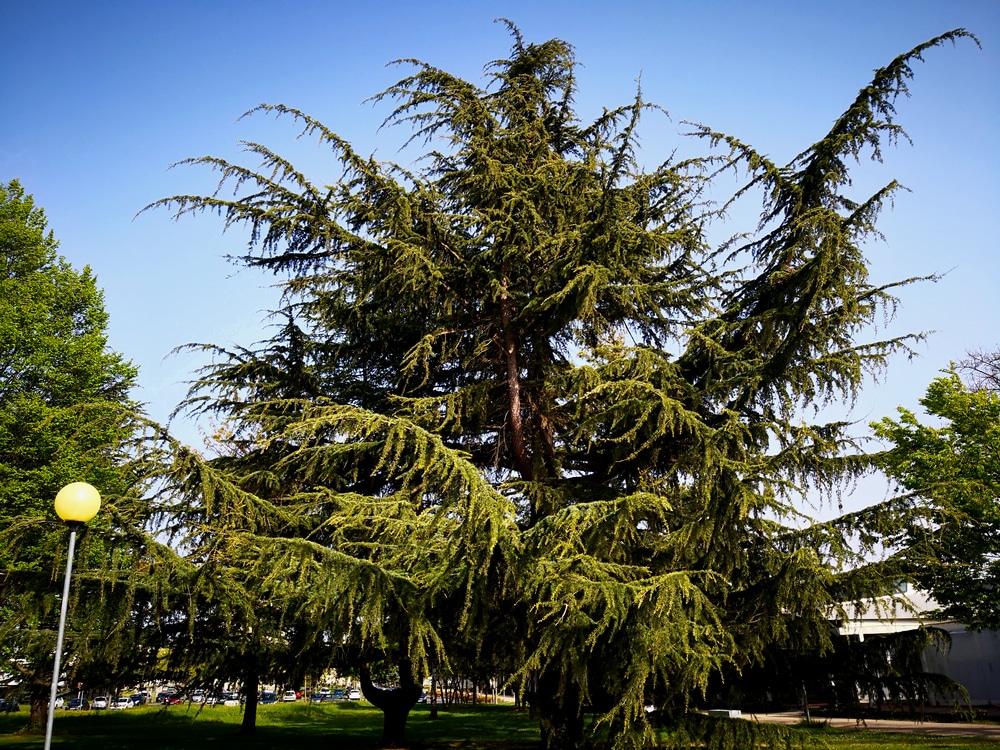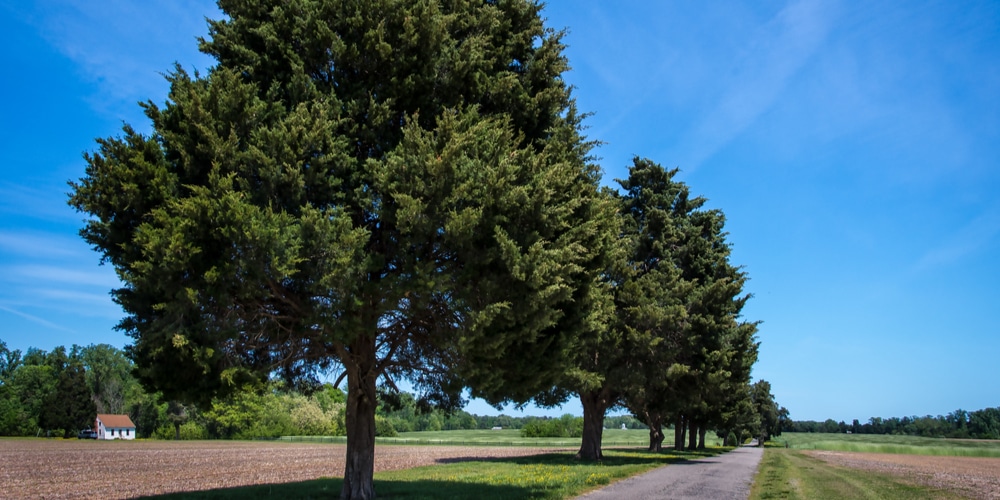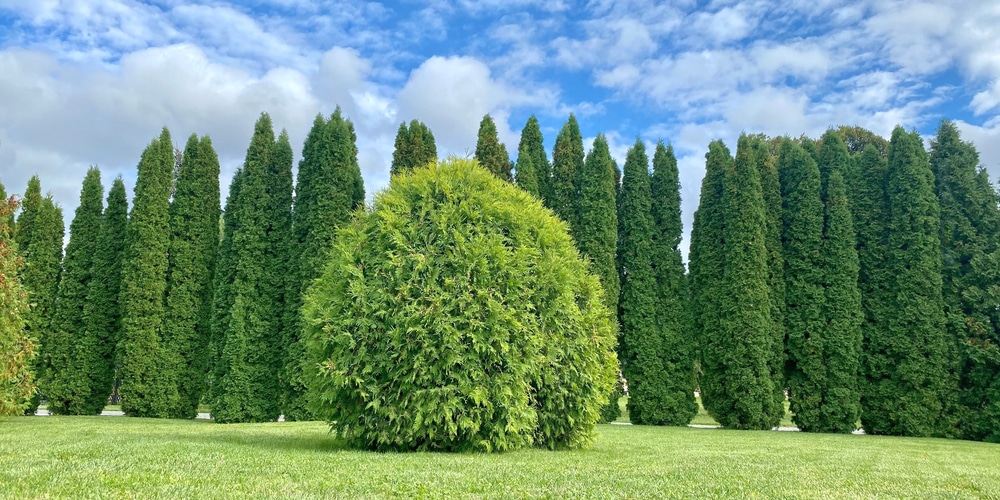Cedar trees come in many different varieties and are commonly referred to as either red cedars or Junipers. Many cedar species, such as the red cedar, are native to the sunshine state. Southern red cedars are commonly called Florida cedars. Let’s look at how to grow and care for cedar trees in Florida.
Cedar trees in Florida
Cedar trees do grow well in Florida, and various varieties can be found throughout the state. These trees are generally considered low maintenance and are easy to care for once they have established themselves.
The following varieties of cedars are best for Florida and other states that have a tropical climates:
Red cedar trees
Red cedar trees have the botanical name Juniperus virginiana and are a native conifer that grows well in Florida. They are part of the Cupressaceae family. These evergreen trees will add color and texture to landscapes throughout the year.
Red cedars can cope with Florida’s climate and are also perfect for coastal areas as they thrive in sandy soils and don’t mind windy weather conditions and salt spray. The trees grow relatively tall and have dense foliage, which means they can be used as a windbreak or privacy screen.
Red cedars are found growing in many state parks and Christmas tree farms across Florida. They are one of a handful of evergreen trees grown for holiday decorations. Red cedar trees are commonly referred to as southern red cedar, eastern red cedar, or sometimes pencil cedar trees, as the trees were used in the manufacture of pencils in the past.
Red cedars are junipers, and the female trees produce greyish-purple berries in the fall. The trees have thin, needle-like leaves that remain green throughout the year. The trees provide an important habitat for birds that nest in the branches and eat the fruit.
Red cedars can grow to a height of up to 45 feet tall and spread 30 feet wide. Therefore you should check whether you have enough space for a mature tree in your yard before planting.
Non-native cedar varieties
As well as red cedars, there are a few different varieties of non-native cedars that can be planted in Florida. Cedars are either native to the Himalayas or the Mediterranean. Species that thrive in warmer areas of the Mediterranean, such as the cypress cedar, grow well in Florida. You may like to consider planting one of the non-native cedar varieties:
Cyprian Cedar
The cyprian cedar has the botanical name Cedrus brevifolia. Although it’s not common in Florida, it can be grown in the state. As the name suggests, this variety of cedar is native to Cyprus, an island in the Mediterranean sea.
These trees have short branches and needle-like leaves that are arranged in clumps. They are evergreen and look unique.
Incense Cedar
The incense cedar is also known as Calocedrus decurrens and is native to California. It grows well in USDA zone 9 through 11 and can cope with Florida’s warmer climate. These trees are often used as Christmas trees as they have a cone shape. They can grow very tall at maturity, and it’s not uncommon to find an incense cedar over 150 feet tall.
Arborvitae
Arborvitae is a false cedar that’s commonly referred to as Thuja occidentalis and can be grown as a hedge or privacy tree in Florida. These trees are hardy and thrive in many different environments. They are often used to provide shade and mark boundaries.
How to care for cedar trees in Florida
Cedar trees need to be planted in an area that receives full sun for much of the day. They also require fertile soil with good drainage and occasional deep watering, especially during hot, dry spells.
Here are some care tips that should be considered when growing cedar trees in Florida:
Fertilization
While cedars do need enough nutrients to thrive, overfertilization can cause the trees to become more susceptible to pests. It’s important not to fertilize your cedar trees too often. Instead, you may like to consider providing an organic alternative such as aged compost, potting soil, manure, or mulch.
Pruning
Pruning is essential for promoting healthy growth and should be done in late winter or early spring when the tree is dormant. Be careful not to overprune your trees.
Pests and disease
Regular inspections for insect infestation can help reduce the likelihood of your tree being affected by pest damage. Checks should be conducted each season as some cedar varieties can be vulnerable to certain insects or diseases. Cedar apple rust is widespread in red cedars.
Conclusion
With the right care, cedar trees can thrive in Florida and become an attractive and low-maintenance addition to your yard. They can help to encourage wildlife, and provide shade and privacy while adding visual interest to your landscape.
Each cedar variety is unique in its own way, so choosing one that’s right for your landscape and climate will help you get the best results.


